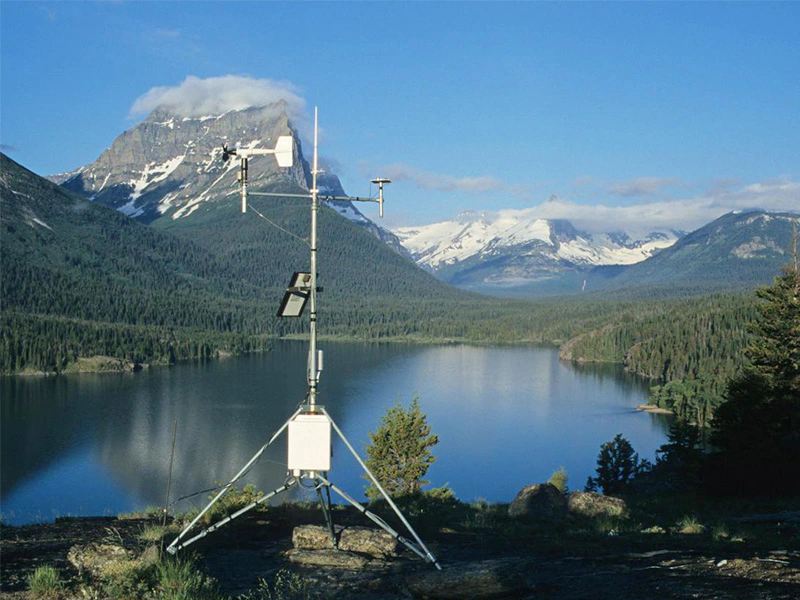
# What is a Weather Station?
A weather station is a facility equipped with instruments and sensors designed to measure various atmospheric conditions. These measurements help meteorologists, researchers, and weather enthusiasts track and predict weather patterns.
## Key Components of a Weather Station
Most weather stations include several essential instruments:
– Thermometer: Measures air temperature
– Barometer: Records atmospheric pressure
– Hygrometer: Determines humidity levels
– Anemometer: Measures wind speed
– Wind vane: Indicates wind direction
– Rain gauge: Tracks precipitation amounts
## Types of Weather Stations
Weather stations come in different forms to serve various purposes:
### Personal Weather Stations
These are compact, affordable units typically used by homeowners or weather enthusiasts. They often connect to home networks and can share data online.
### Professional Weather Stations
Used by meteorological services and research institutions, these stations feature high-precision instruments and are often part of larger weather monitoring networks.
### Automated Weather Stations (AWS)
These unmanned stations automatically collect and transmit data, making them ideal for remote locations or areas where continuous monitoring is needed.
## How Weather Stations Work
Modern weather stations collect data through electronic sensors that transmit measurements to a central unit. Many stations now feature:
– Wireless connectivity
– Data logging capabilities
– Integration with weather apps and websites
– Solar power options for remote operation
## Importance of Weather Stations
Weather stations play a crucial role in:
– Weather forecasting and warnings
– Climate research and monitoring
– Agricultural planning
– Aviation safety
– Disaster preparedness
By providing accurate, localized weather data, these stations help communities make informed decisions about daily activities and long-term planning.
Keyword: what is a weather station